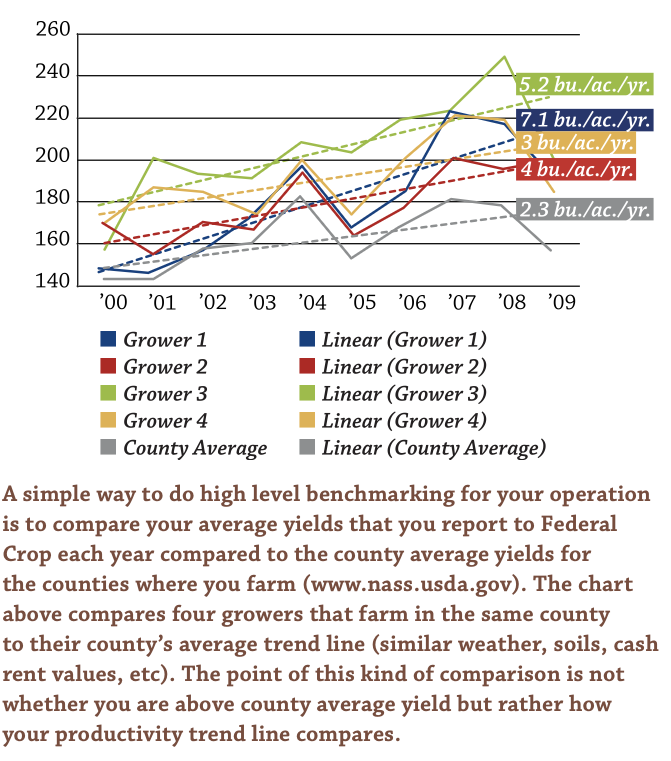Telling your customers they are under-performing never seemed like a great business model to me. Benchmarking can have that exact effect — 60% aren’t performing well if you remember teachers grading on the curve back in school. Those at the top might enjoy the satisfaction of knowing they are the stars but how do you gently push the below average customers to step up their game?
I understand that bench-marking can be used effectively, but I also know sometimes it hurts. An example of benchmarking that many can relate to is the medical community’s use of BMI — Body Mass Index. At my height of 6’2″, my weight bounces from 220 to 214 lbs. so I move from one benchmarking category to another, leading my very slender, young and blunt doctor to proclaim “congratulations, you’ve moved from obese to grossly overweight”. Using the BMI, I need to get below 190 lbs. to reach “normal”.
Benchmarking can serve the purpose of providing us a kick in the pants to exercise more and eat less. The problem with agronomic benchmarking is that the solutions to reaching better numbers aren’t as obvious as exercise and eating less.
When seed companies tell you the genetic potential of a bag of seed corn is 500 bushel per acre and it starts going downhill once you open the bag, it’s almost implied that they’ve done their part and you are the one that is failing to perform.
Comparing my yields to those in the counties I farm in might be okay unless I farm the poorest soils in each county, then I might resent someone pointing out the obvious — that my yields are below the average. Comparing my yields to those of others that farm the same soils in my part of the state is better but being labeled as being in the bottom quartile isn’t fair if I didn’t get similar rainfall. Even if both soils and weather are similar, what about rotations? What about cost of production? Maybe all those higher yields came at a high production cost?
So what are the keys to meaningful agronomic bench-marking? I’d suggest these as a few of the important keys:
- Realistically quantify the growing environment to get closer to apples to apples comparisons. Look longer-term — look for trends over multiple years. Everyone has a great or a bad year once in a while but looking at longer-term trends are more meaningful.
- Look longer-term — look for trends over multiple years. Everyone has a great or a bad year once in a while but looking at longer-term trends are more meaningful.
- The more depth of data, the more value in the benchmarking. Depth will provide you with more confidence in the comparison as well as more answers.
The best benchmarking services don’t just tell you where you rank — but they tell you why. What does the data say you need to change to perform better or to keep doing to stay on top?
Originally published in Corn and Soybean Digest.
